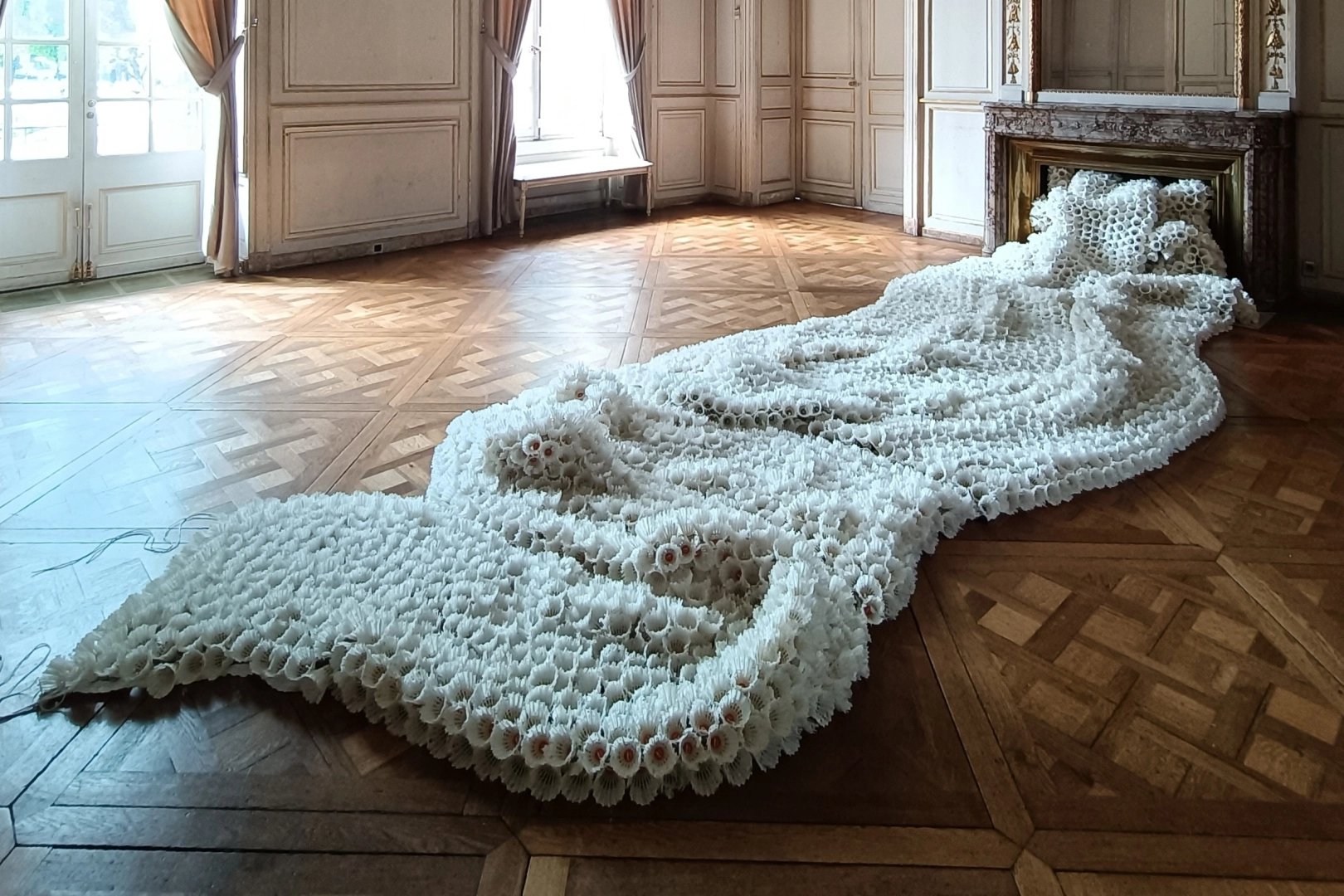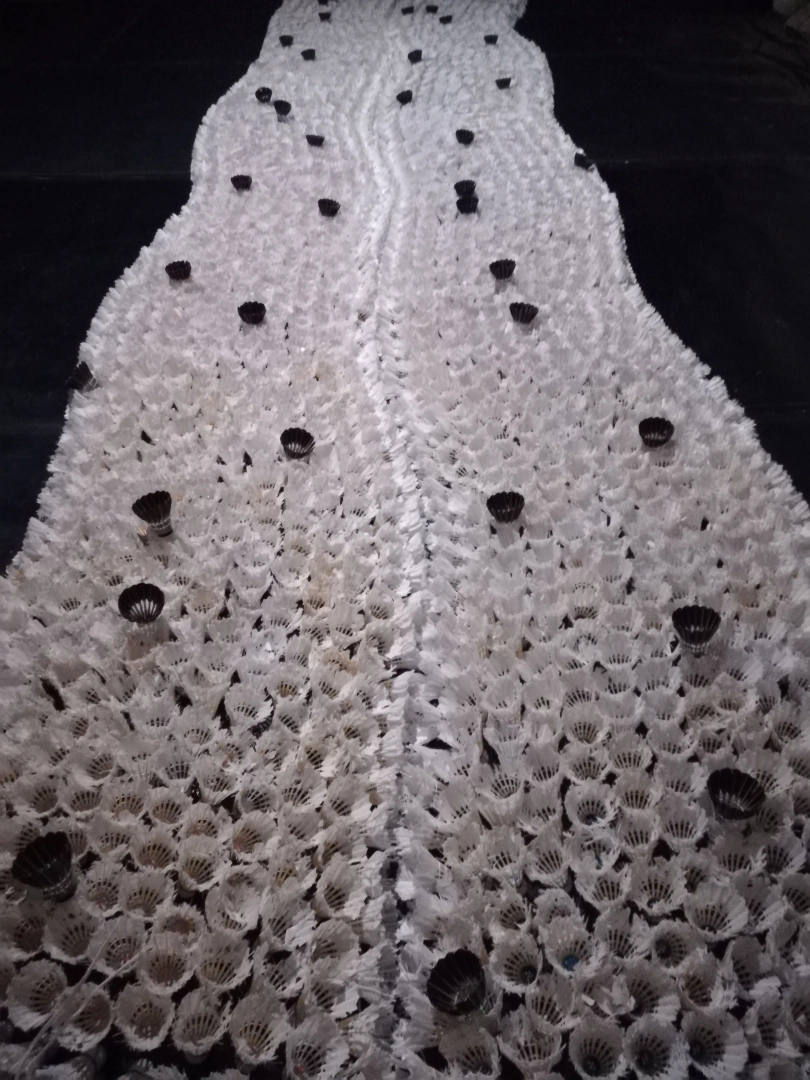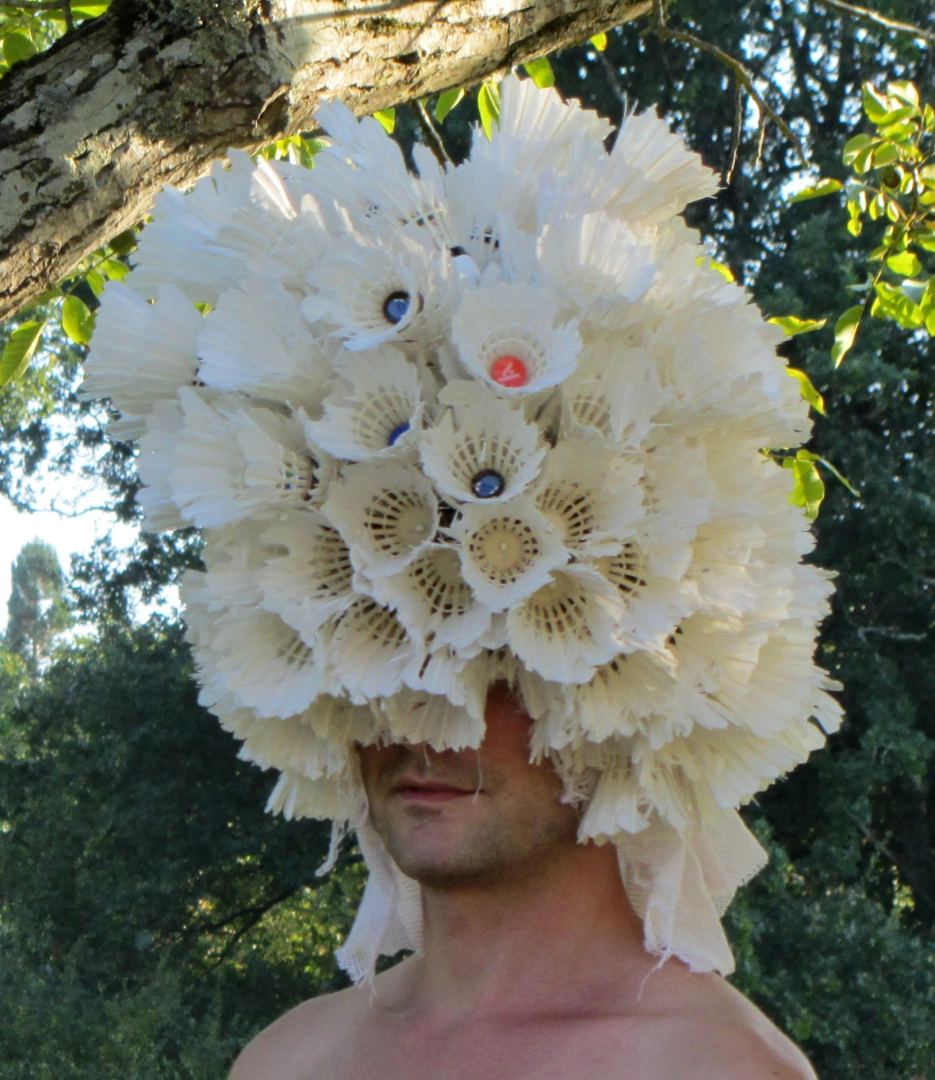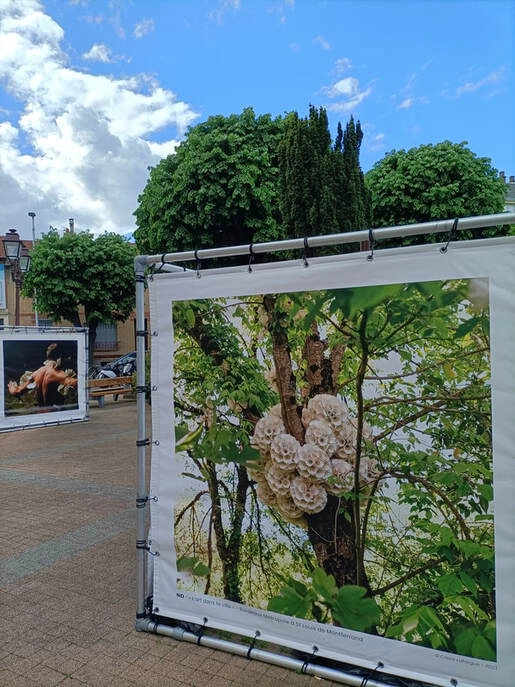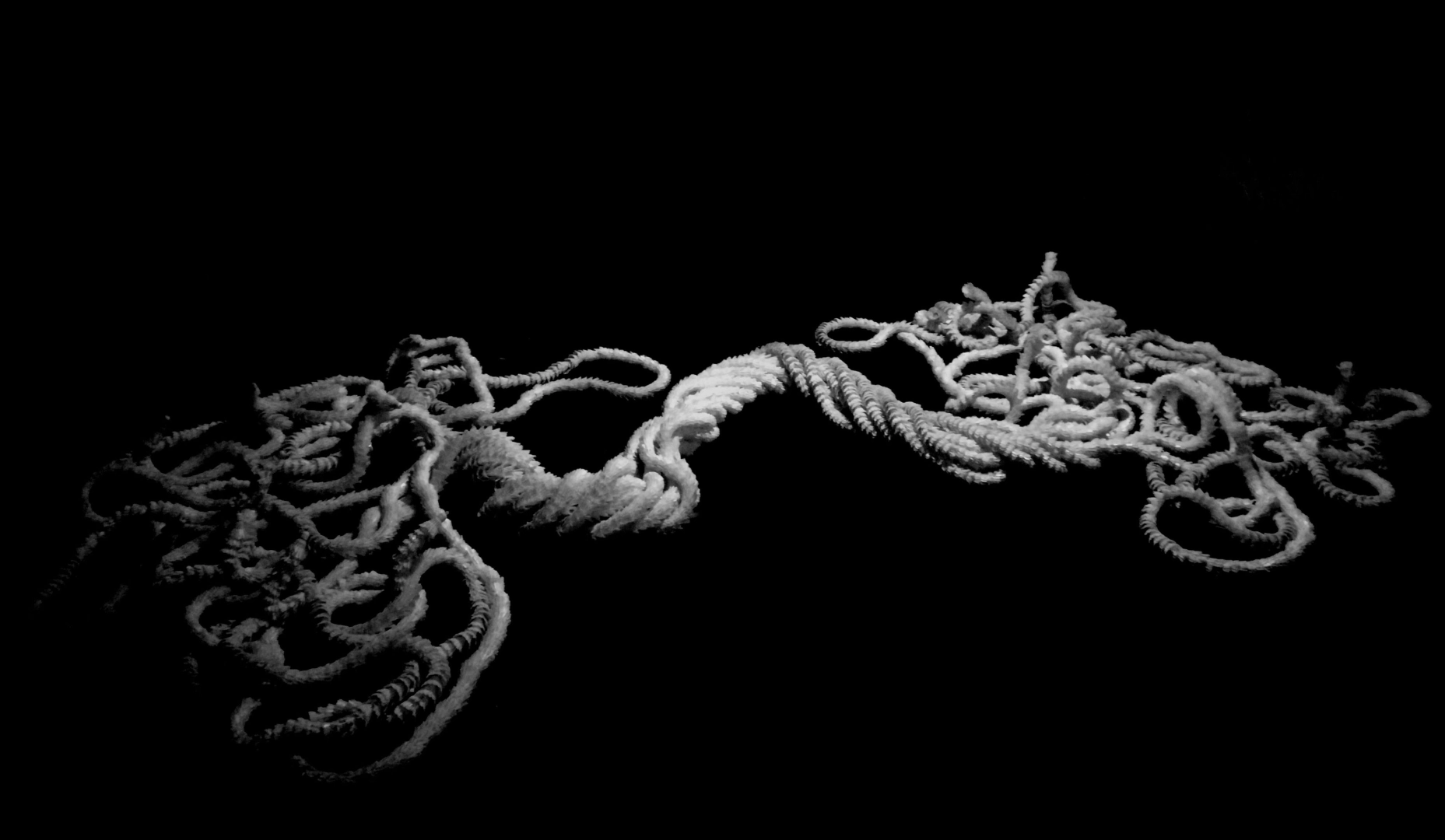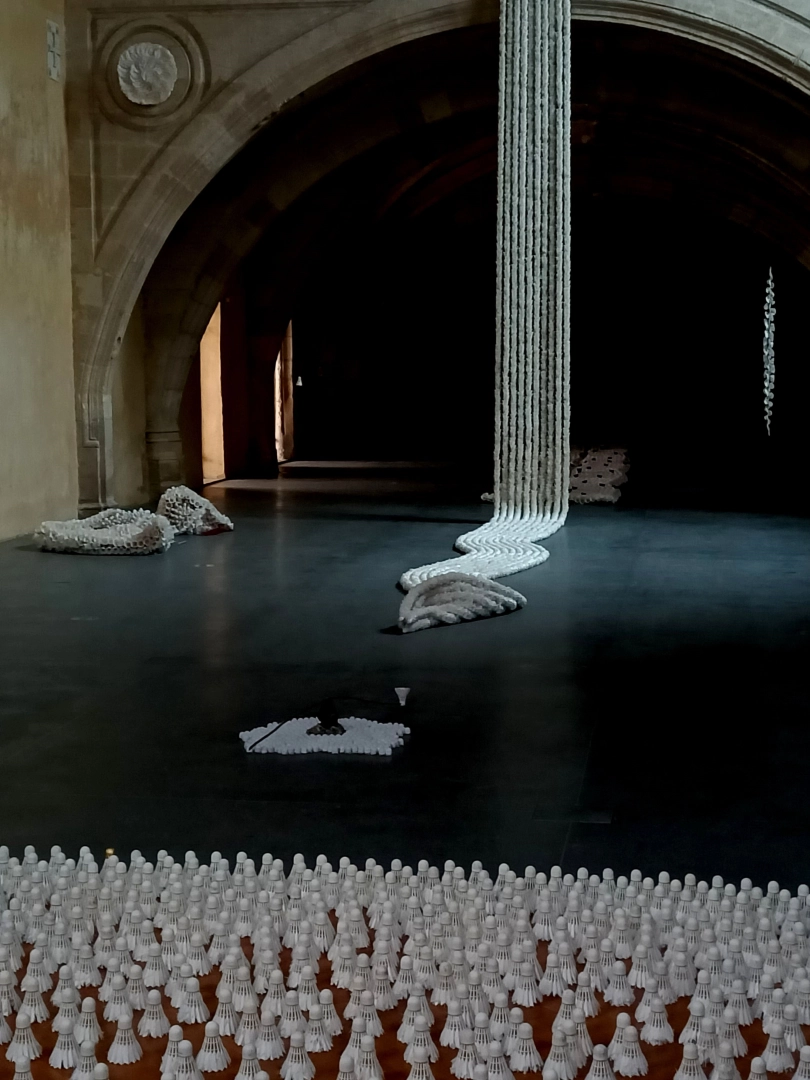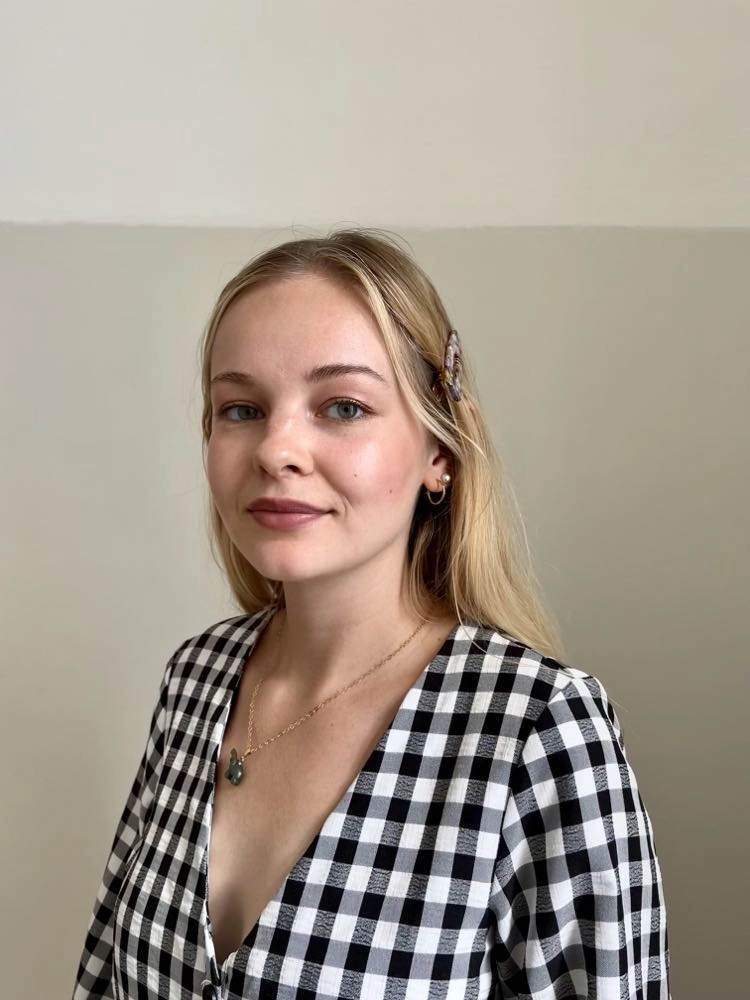The idea of connecting badminton with feng shui might seem unusual to many, but the artist known as Billgraben has found deep meaning in it. In his work, feathered badminton shuttlecocks take center stage—crafted from a mix of cork, goose, and duck feathers, they symbolize a medium for releasing natural energies. Here, this sporting item gains a new purpose, transforming into a vessel and bridge to the spiritual realm. Billgraben intentionally avoids categorizing his art, constantly blurring the lines between various artistic disciplines.
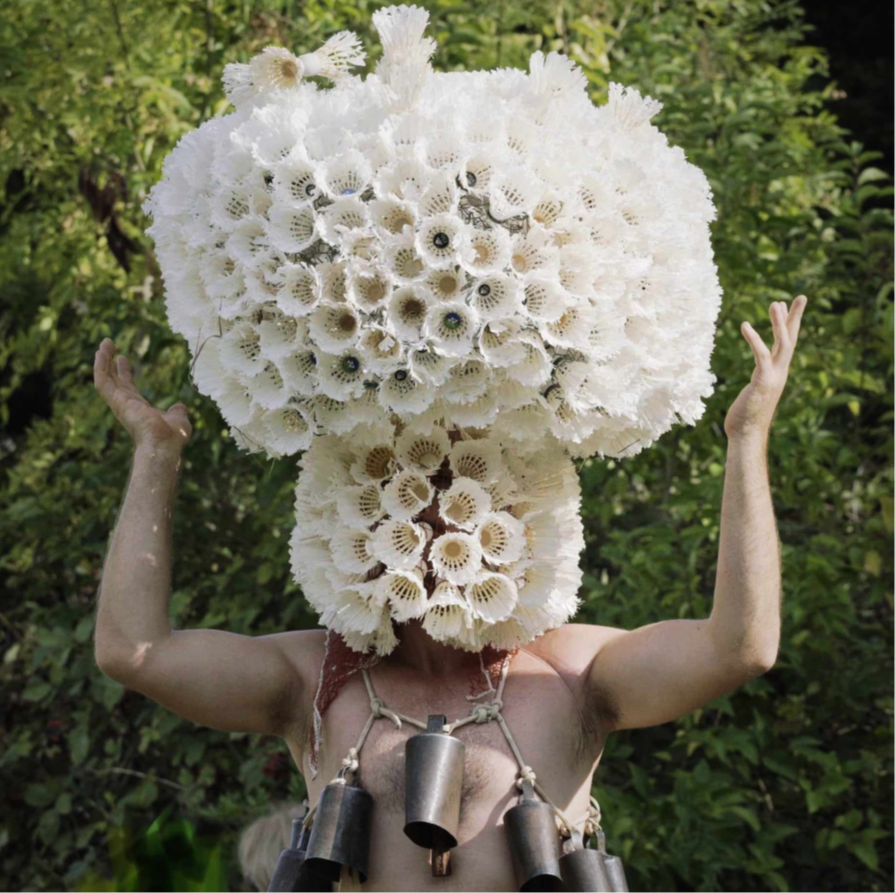
Benjamin Begey, a multidisciplinary artist with French-Swiss roots, operates at the intersection of performance and installation. His work is characterized by the use of unusual materials—badminton shuttlecocks that he incorporates into spatial installations and live performances. This idea was sparked by an experience in 2010 that significantly influenced his artistic direction. “I was playing badminton with my wife at our small village club. At that time, I was also working with materials that fly and float. I noticed that badminton shuttlecocks are discarded as soon as two or three feathers break. I immediately saw the huge potential in these natural materials—duck feathers and cork,” he recalls. This discovery inspired him to create a recycling loop for badminton clubs in Nouvelle Aquitaine, which has been going strong for 13 years.
„
My scenographic perspective and artistic sensibility are reflected in performative installations that invite viewers to choose their own perspective for observation and capturing images. That was also a theme of my last exhibition in Paris during the Olympic Games.
Around the same time, Begey stumbled upon a book on feng shui in the library, a discipline he had encountered as a set designer and decorator. “On the first page, I read that feng shui literally means wind and water. It was a synchronistic moment that showed me how to follow my intuition. Shortly after, I began studying feng shui in depth,” he adds.
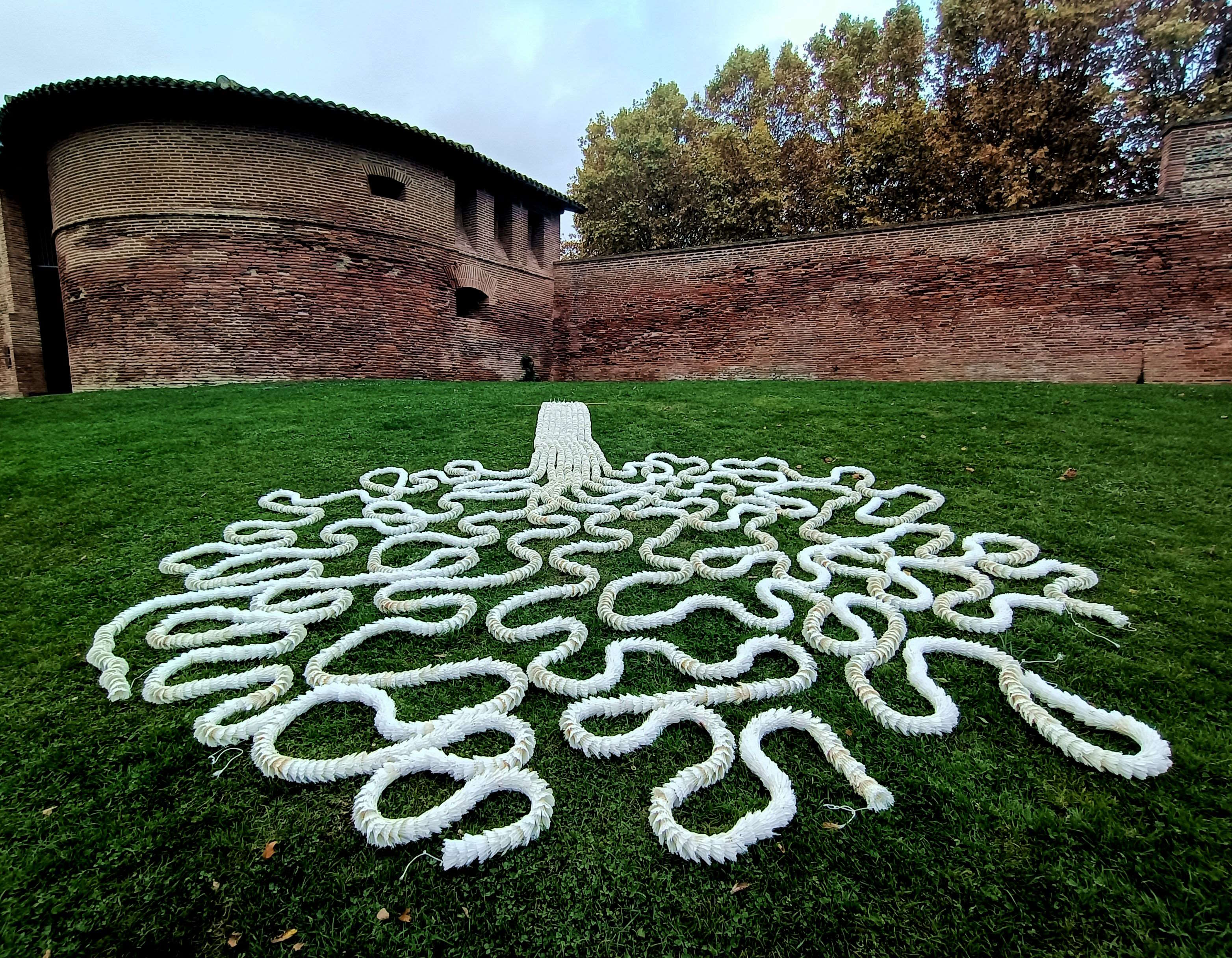
The deliberate blurring of boundaries between artistic forms is a foundational principle of his work. Begey explains: “My art can start with performance, installation, or video—there’s no hierarchy. What I need to express passes through these three gateways to help me understand what I'm doing. When I work on a performance, it naturally evolves into an installation, and video is an integral part of the whole process. When I think about an installation, it leads me to performance and documentation; when I work with video, I summarize what I’ve already created and often end up with new performances or installations that I need to realize.”
His approach was clearly evident at the Hors Categories exhibition held this year in Kremlin-Bicêtre as part of the cultural olympiad accompanying the Olympic Games. The exhibition provided viewers with a comprehensive look at the artist's work through photographs of various formats. These images captured moments from his performances, videos, installations, and candid snapshots taken over the past decade. The photographs, taken by different authors, aimed not just to document the works but to capture the artist's creative process and his ongoing experiments with space and form. “My scenographic perspective and artistic sensibility are reflected in performative installations that invite viewers to choose their own perspective for observation and capturing images. I often ask people to send me their photos. That was also a theme of my last exhibition in Paris during the Olympic Games,” he notes.
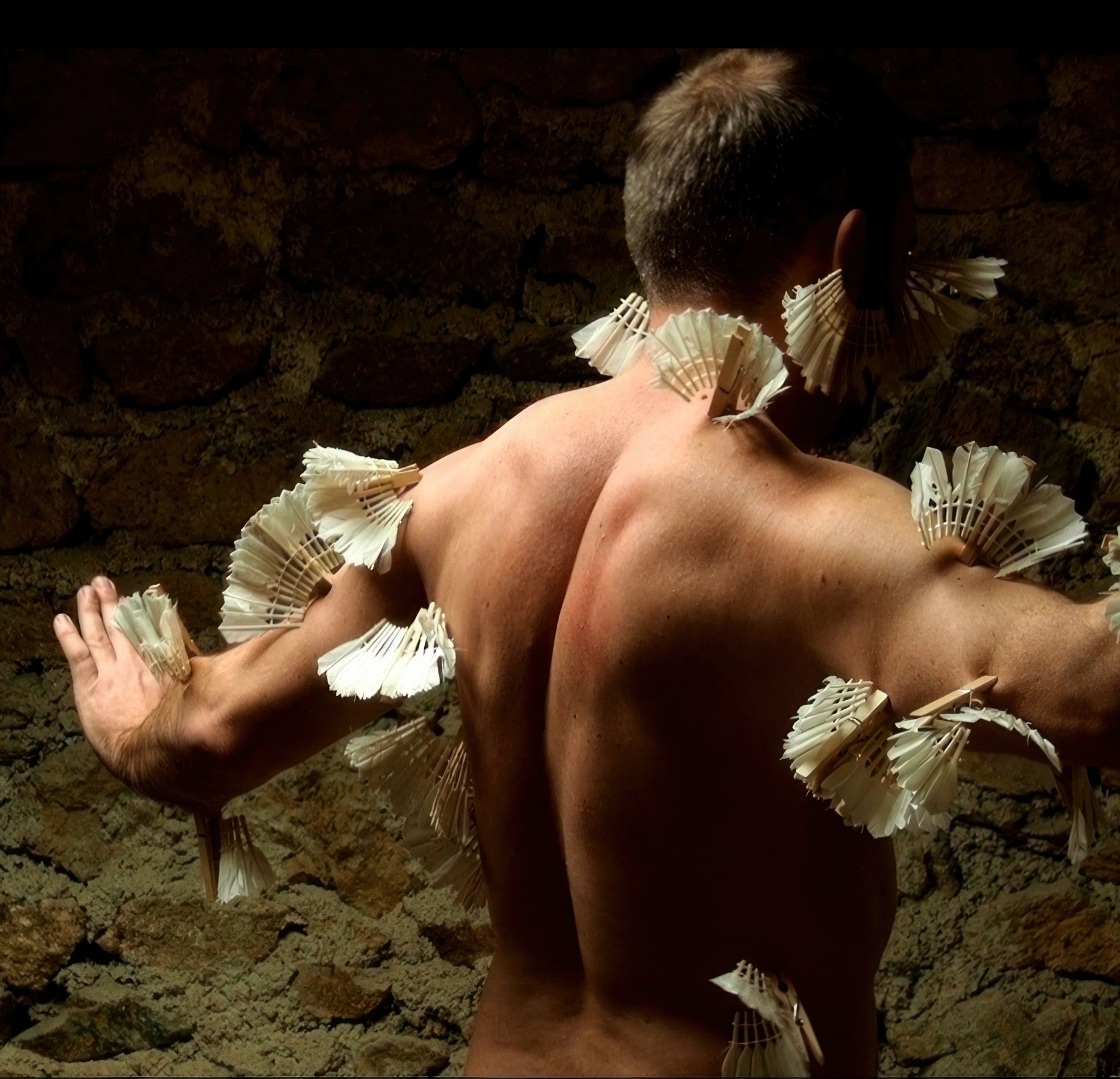
For Begey, working with space is absolutely crucial. Each of his works is designed to establish a dialogue with the environment it inhabits. This relationship between place and artwork creates a dynamic in his work, where space is not just a passive backdrop but can also be an active participant in the creative process. This interaction between the work and its environment is one of the key elements that Begey continually explores.
He calls his artistic project “Billgraben,” drawing inspiration from the Swiss location of l’Illgraben, situated above the Rhône valley. This mountain basin, known for its steep slopes, boasts not only raw natural beauty but also serves as a major site for mudflows. Erosion and landslides continually reshape the landscape, symbolizing dynamics and impermanence—themes that he explores in his work. Just as l’Illgraben constantly changes under the influence of natural forces, his artworks reflect unpredictability and the natural flow of movement and form, which are essential to his approach.
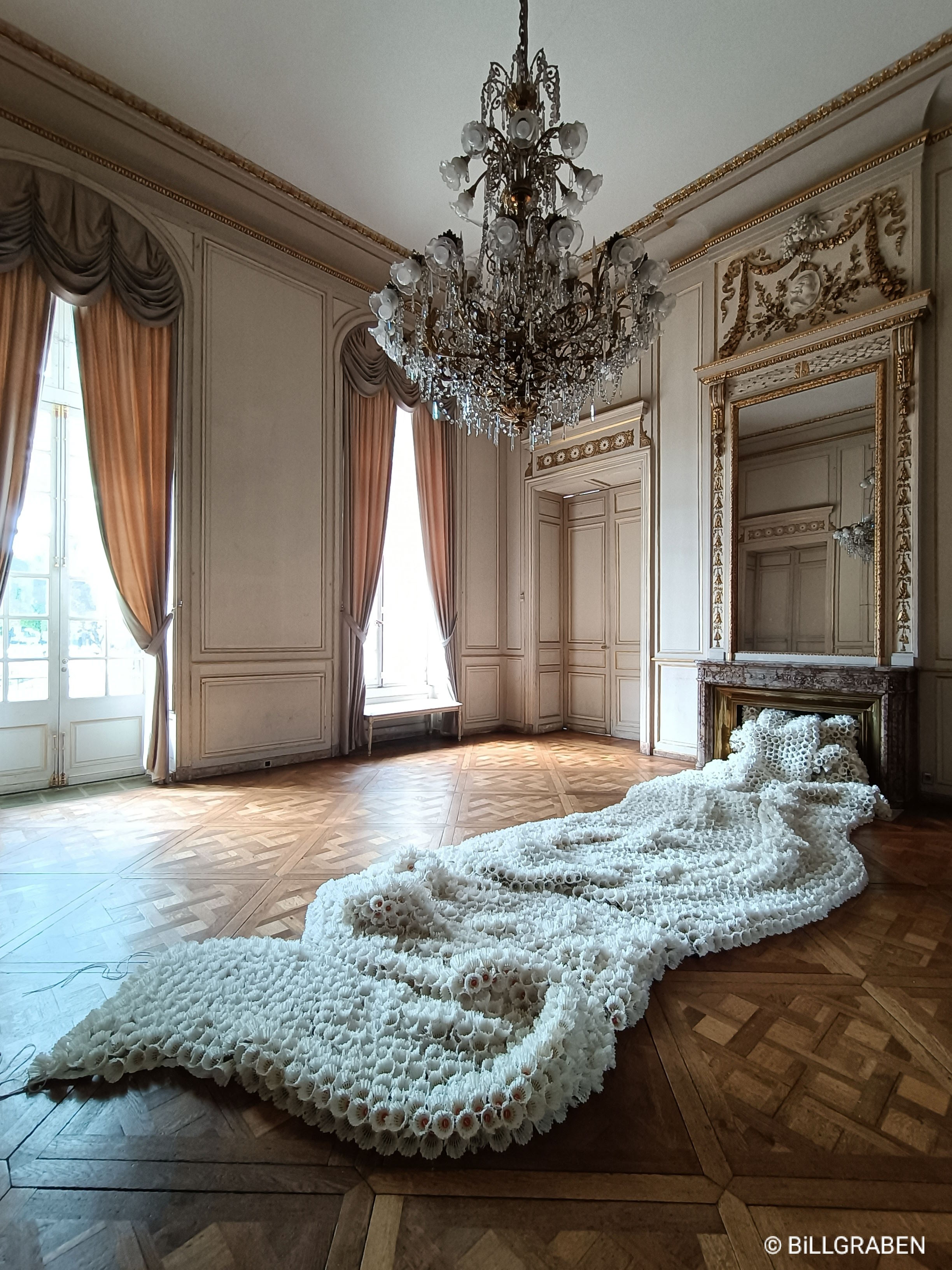
Begey frequently focuses on themes of transience, movement, and transformation, with feng shui principles playing a crucial role in his experimentation with space and natural elements. Feng shui explores how energy influences our surroundings, and Begey applies this concept through the badminton shuttlecocks, made from cork and feathers, which for him symbolize the release of natural energies of water and wind. “Feng shui helps me understand how a place ‘lives’ and provides insights into the flows of energy. This allows me to analyze how flows function in space and time and examine volumes, architecture, and materials,” he explains.
Thus, he becomes an artist who adds another layer to his work, creating pathways that bring his pieces closer to their surrounding environment while exploring how humans and their creations can interact with the world around them. His art isn’t static; it offers viewers the chance to experience the dynamics and energies that are inherent in both nature and human existence.
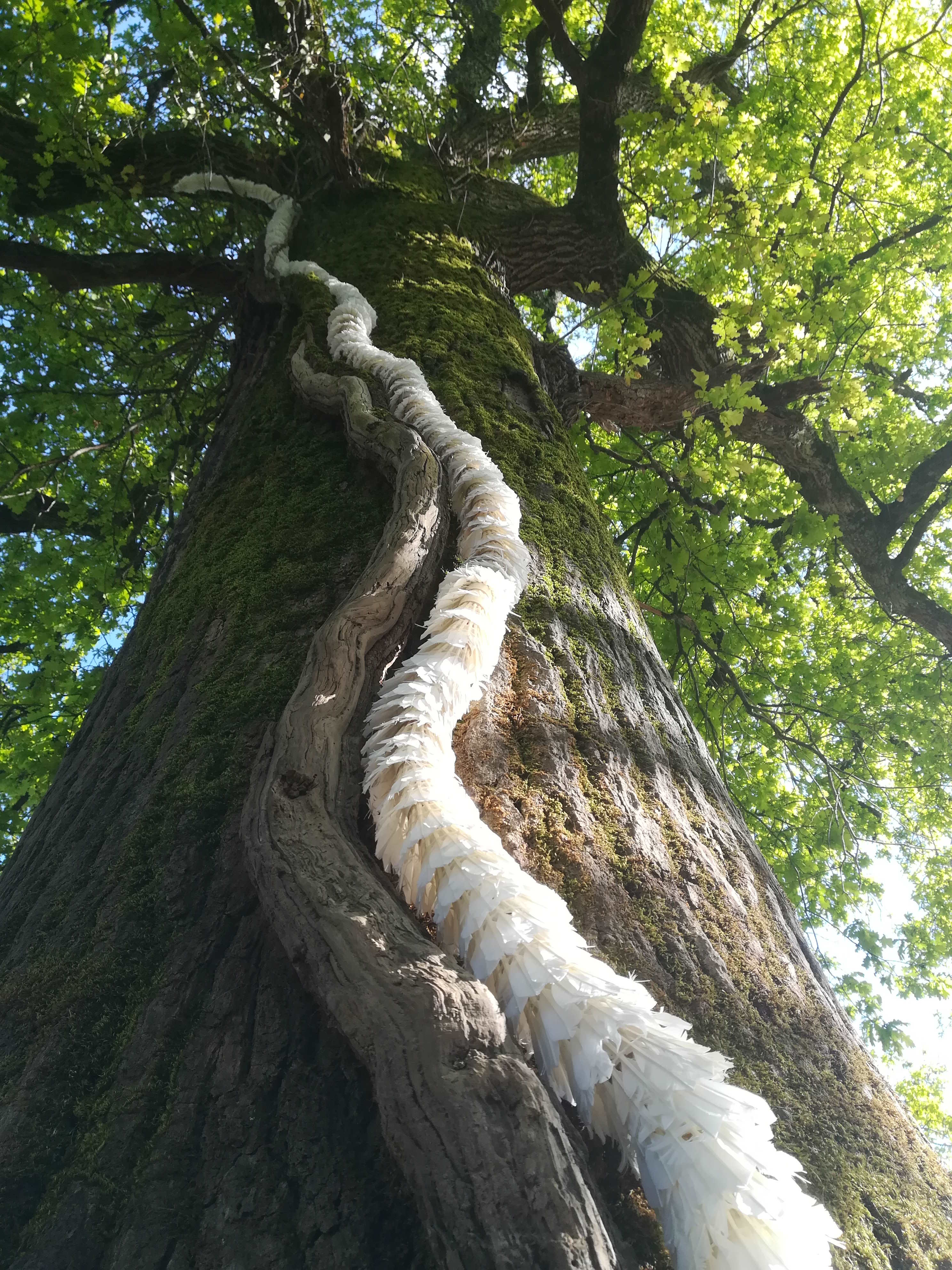
Benjamin Begey / BILLGRABEN
1979 – lives and works in Bordeaux
Benjamin Begey has been straddling the realms of installation, video, and performance since his studies at École des Beaux-Arts in Bordeaux, where he began creating in 1998. After completing his studies, he furthered his education as a set designer and decorator at the Center for Training in the Arts and Techniques of Live Performance in Sète. He combines his artistic practice with work as a set designer, decorator, and technician in contemporary art and performance. In 2015, he trained at the European Institute of Feng Shui, which has significantly influenced his subsequent artistic work. This philosophy of feng shui intertwines with his experiments in space and natural elements. His installations often incorporate badminton shuttlecocks, which have become a hallmark of his work, appearing in exhibitions across France and Switzerland.
Some of his notable projects include exhibitions and collaborations with DRAC Nouvelle-Aquitaine, Observatoire FBX in Valais, participation in the Perform Festival, FRAC Toulouse, as well as installations for the World Badminton Championships in Basel in 2019 and the Yonex International Tournament in Paris in 2018. In 2020, he exhibited at ART GENEVE, and in 2019 he created a piece for the Musée des Beaux-Arts de Bordeaux. His works were also part of the Bordeaux Métropole project to promote public art, and in 2017 he was awarded the "Hors les murs" prize at the AGORA biennial in Bordeaux. Besides galleries and museums, Begey is also engaged in spontaneous interventions in public spaces—his work often pops up in streets and natural settings, creating a dialogue between art, space, and the viewer.

